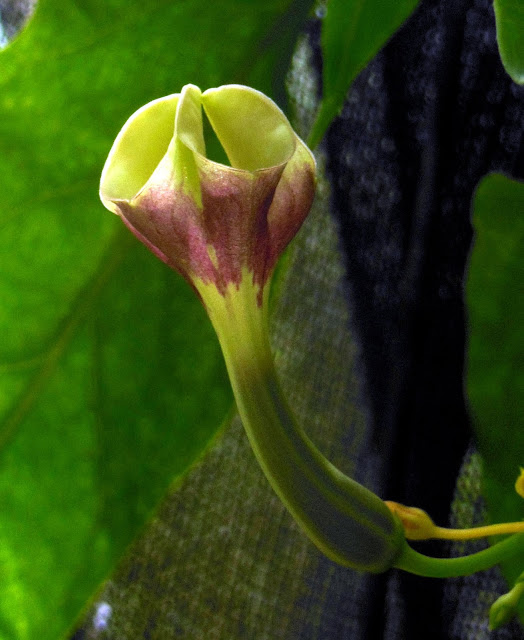An indestructible (Deep Purple) Sinningia hybrid

This was sent to me as a tiny plant by a friend from Singapore back in 2012, I believe. It grew slowly at first but when it finally did recover, it quickly branched out and began producing flowers in just a few months after acquisition. Within the first year it produced the characteristic above-ground caudex-like tuber that the genus is known for. This storage organ is most definitely the reason why sinningias have also found their way in succulent collections. I was informed that this plant is a hybrid, but I am at a loss about the possible name or parentage. Let's call it Deep Purple instead (I am actually listening to Deep Purple's Child in Time as I write this). At any rate, the flowers satisfy my penchant for the color purple. Typical for many sinningias, the leaves have a soft and downy indumentum. In deep thoughts I would sometimes find myself stroking its leaves as I look into the sky 😁 The leaf undersides are purple Once this plant begins to flowe



